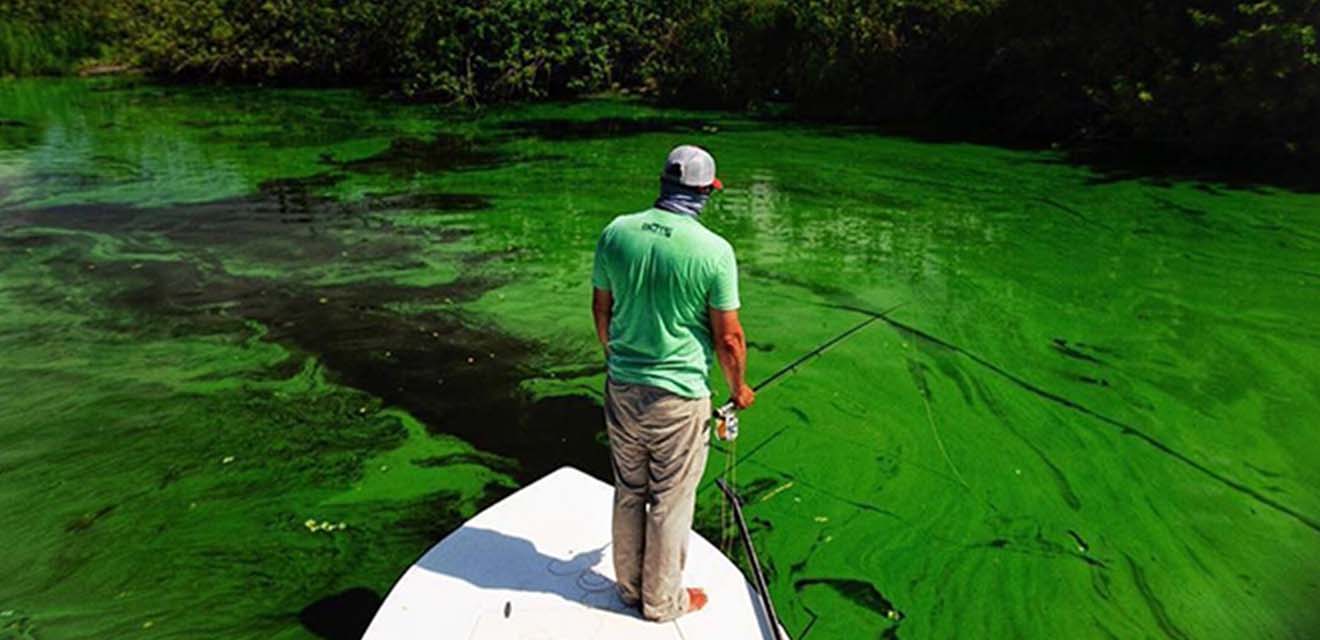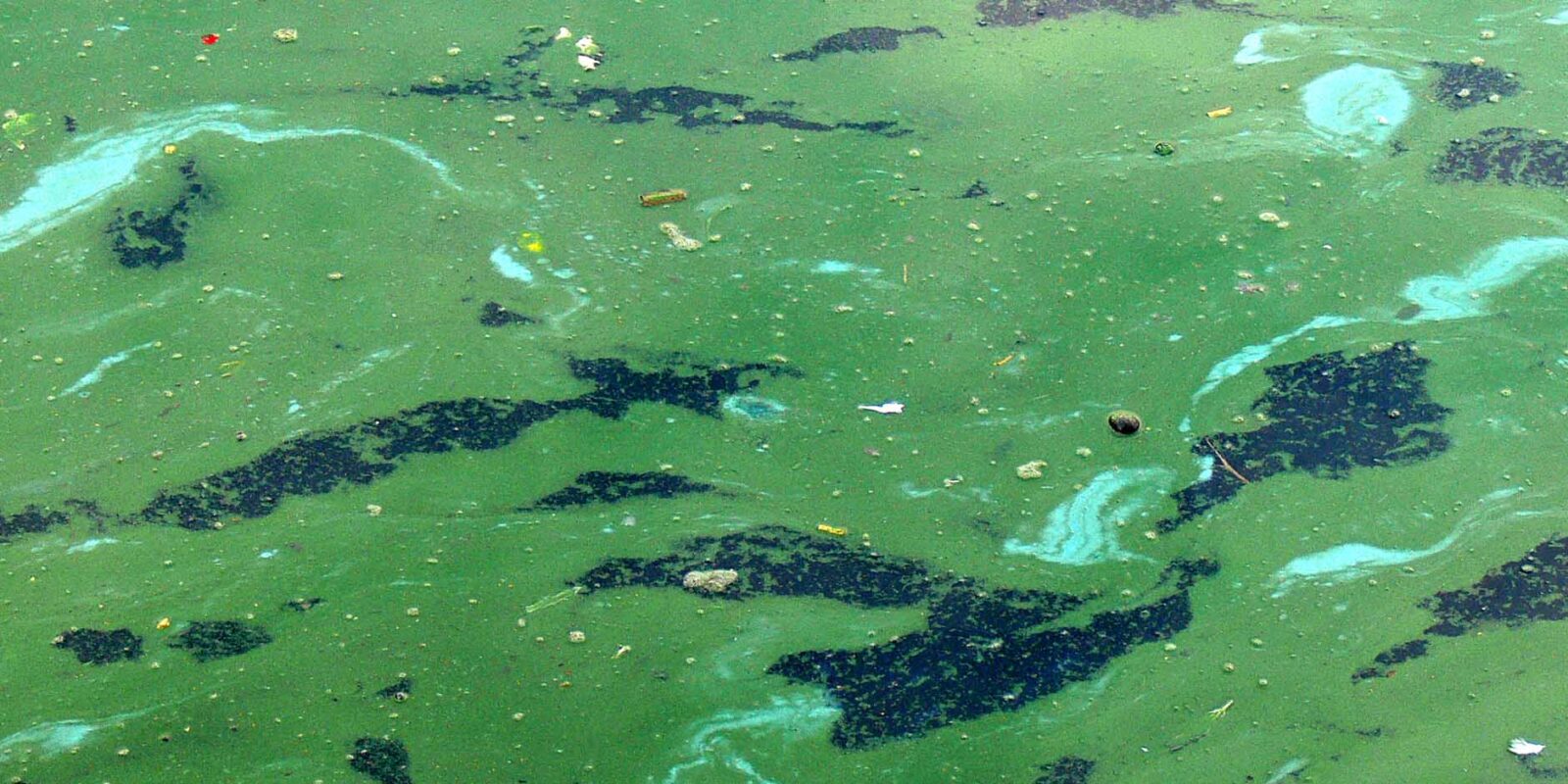In short
- Towards the end of August, cyanobacterial blooms have been confirmed in 318 water bodies across the US.
- In September only, researchers identified more than 91 blue-green algae blooms.
- Approximately 86 percent of the outbreaks affected recreational areas, threatening public safety.

Tip of the iceberg
The global pandemic has forced most US states to reduce algal blooms testing due to budget cuts. During the last years, the Utah Department of Environmental Quality was monitoring and testing 60 water bodies, while this year they tested only 18. “Those 18 are largely state parks,” said Erica Gaddis, the department’s director “They’re really the areas where the public is most likely to interact directly with the water body, and where we’ve had issues of algal blooms in the past.” The decrease in testing saw its’ consequences when the Utah Poison Control Centre reported a record number of 43 algal blooms’ caused illnesses this year.
Cyanotoxins
Cyanobacteria toxins make it unsafe to swim, boat, or even breathe the air around the infected lake. The exposure may have short-term health effects such as vomiting and respiratory problems, as well as long-term effects like liver failure and degenerative brain disorders.
Persisting blooms
In the Simcoe Muskoka District, there are many more algal blooms cases, which are persisting throughout the summer into the fall. In 2019, only eight advisories were issued, while this year there have been already 15 warnings. Some of the areas have been posted since July due to the presence of toxins.
“What we find with these blooms is they persist in the water,” said the Ontario Ministry of Environment, Conservation and Parks’ spokesperson Gary Wheeler “Many areas in Ontario experienced record-hot temperatures in 2020 which, combined with high-intensity rainfall and with periods of calm are favourable to bloom formation.”Algal blooms outbreaks persist all year-round already in states like California and Florida, but for most of the United States, outbreaks cease when the temperatures drop.
Drinking water

Although researchers identified most outbreaks in the recreational areas, this does not mean cyanobacterial blooms spared drinking water reservoirs. The Environmental Working Group collects the HABs outbreaks data based on news reports. This year, news channels have focused on the pandemic, forthcoming elections, and racial equality. With fewer resources allocated to reporting algal blooms, many local stories simply are not being covered – including public health warnings.
